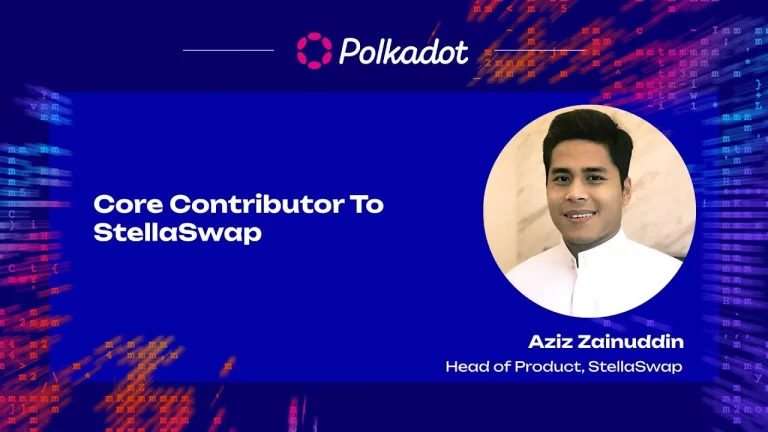In a recent tech talk titled “Back to the Future: Gearing Up for Polkadot 2.0,” Ainhoa Aldave from Zondax delved into the intricate advancements and future directions of the Polkadot ecosystem. This presentation, held in Bangkok, provided deep insights into the challenges and innovations surrounding Polkadot’s evolution. Let’s explore the key takeaways and implications of Polkadot 2.0 as highlighted by Aldave.
The Current Landscape of Polkadot
Polkadot has made significant strides with its robust ecosystem, currently supporting nearly 100 parachains between Polkadot and Kusama. This vibrant network facilitates various functions such as governance, staking, and balance management through its relay chain and BABE consensus mechanism. However, despite its successes, several pain points have emerged, necessitating a reevaluation and enhancement of the platform.
Frequent Upgrades: A Double-Edged Sword
One of the primary challenges Aldave discussed is the frequency of upgrades within the Polkadot network. While these upgrades drive innovation, they also complicate the development of stable and mature products. Aldave suggested that better testing and the use of community-driven testnets, such as Poo, could mitigate some of these challenges. Poo aims to provide a stable and realistic development environment, closely mirroring Polkadot rather than Kusama.
Ledger Devices and Runtime Upgrades
Maintaining compatibility with Ledger devices during frequent runtime upgrades has been another hurdle. To address this, a solution is being developed to create a single application for all substrate-based chains that remains unaffected by these upgrades. This initiative highlights the community’s collaborative effort to streamline development processes and ensure smoother operations across the board.
Polkadot Auction Model and Cost Efficiency
The current auction model for parachain slots, while innovative, has proven to be expensive and sometimes inefficient. Polkadot 2.0 aims to shift this paradigm by moving from chain-specific slots to block space usage. This new model will allow projects to use only the resources they need, focusing more on building applications rather than securing costly slots.
Polkadot Infrastructure and Operational Costs
Aldave emphasized the hidden costs associated with running a parachain, such as DevOps, tooling, and the reliance on top-tier cloud providers. The community’s feedback indicated a need for a comprehensive solution to manage blockchain infrastructure more efficiently. In response, Zondax has been prototyping a Blockchain Infrastructure Manager designed to simplify deployment and reduce operational costs. This open-source, Kubernetes-based tool will support end-to-end workflows, making it as easy as traditional web hosting.
Polkadot Vision for the Future
Polkadot 2.0 represents a significant shift towards a more flexible and cost-effective ecosystem. By addressing the challenges of frequent upgrades, ledger device compatibility, and high operational costs, Polkadot aims to create a more sustainable and innovative environment for developers and projects. As Aldave quoted Isaac Asimov, “Change is inevitable,” and Polkadot’s evolution is a testament to its commitment to progress while considering the future implications of today’s decisions.
Conclusion
Ainhoa Aldave’s presentation at the Polkadot summit in Bangkok shed light on the strategic direction of Polkadot 2.0. The proposed changes and innovations promise to enhance the platform’s stability, efficiency, and accessibility, paving the way for a more robust and inclusive blockchain ecosystem.








